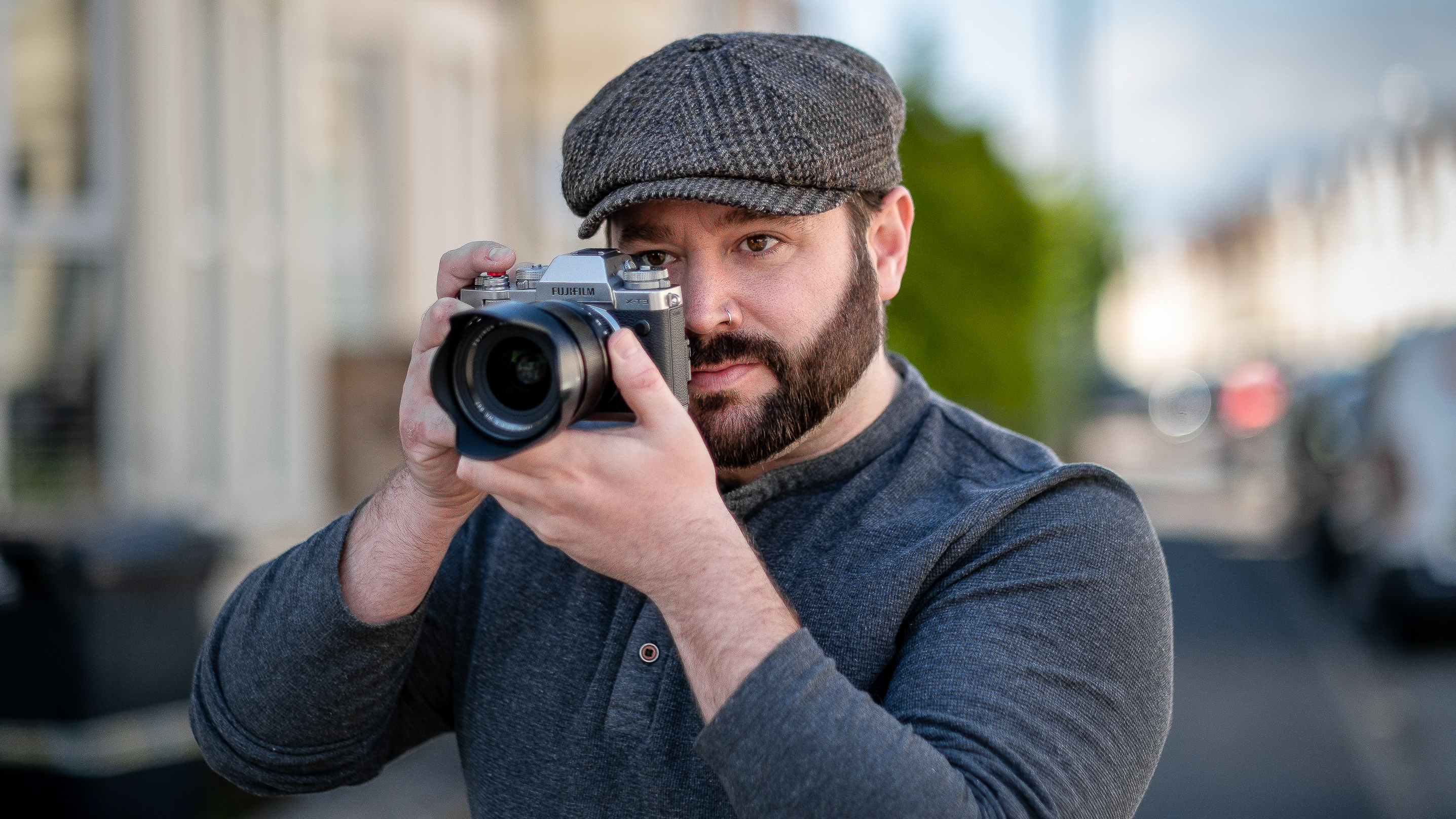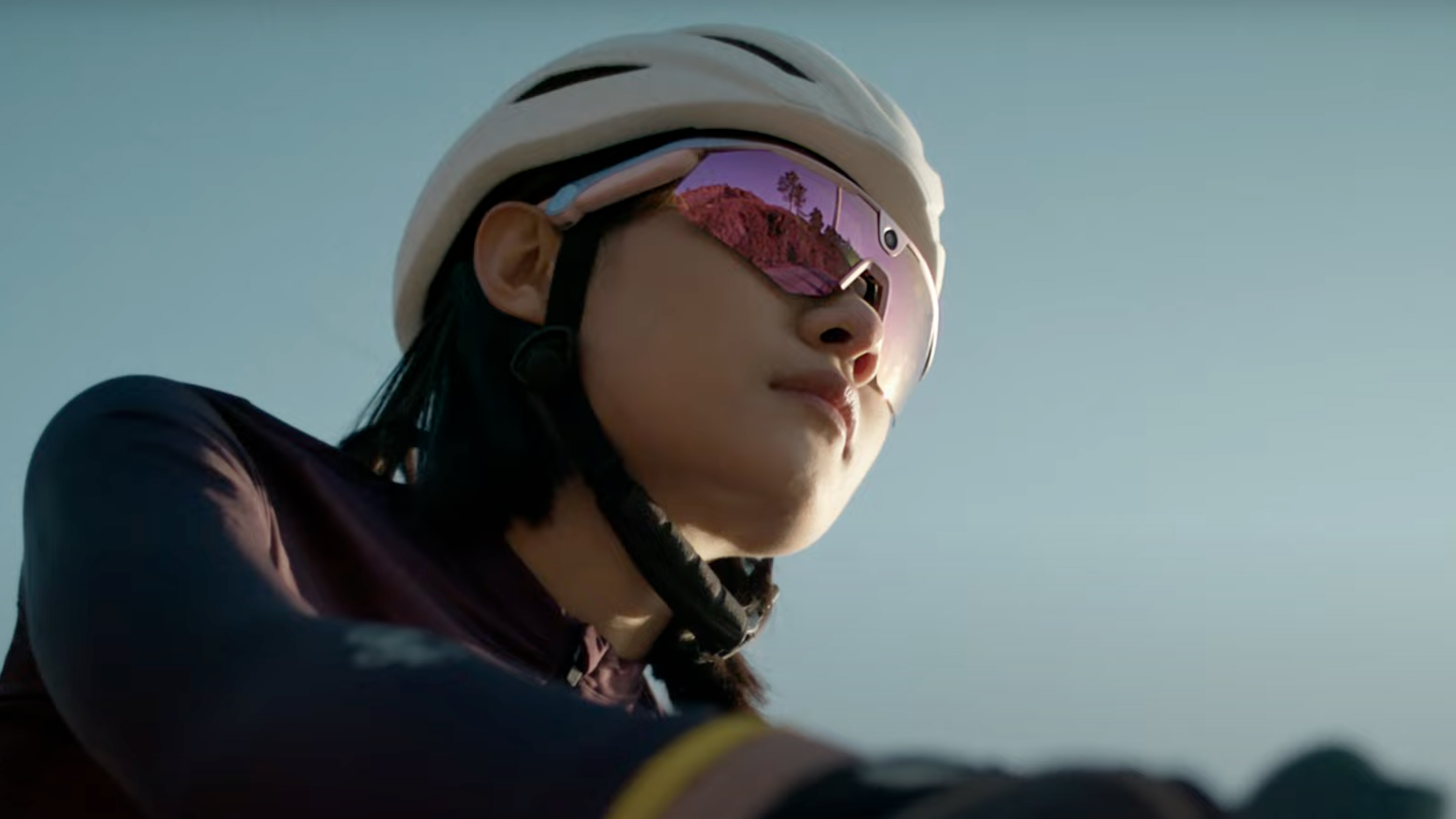How I expose for high-contrast street scenes with my camera
Street photographer Alistair Campbell explains how you can easily expose for contrasting shots
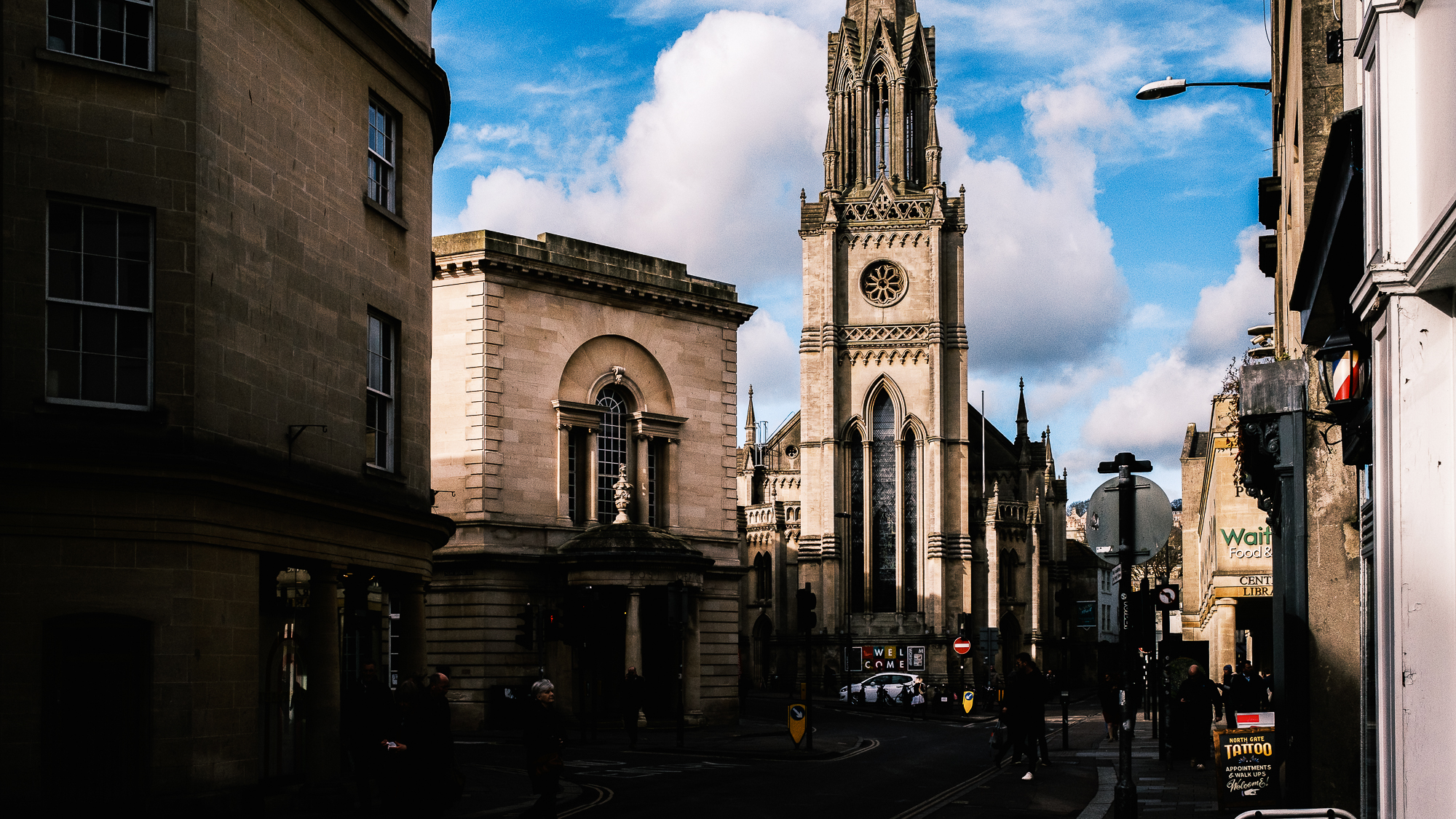
Whether you like to shoot in full manual, auto exposure mode or somewhere in between, you can learn to capture images full of contrast.
The first stage is to give yourself a good chance of success by heading out at the right time. Early in the morning isn’t ideal, because the sun is quite low – far too much of the street usually falls into darkness. I tend to shoot these types of images during the middle of the day. The sun is at a peak time in the sky, causing far more obvious areas of light and dark for you to work with.
Placing the sun to your left or right is a good place to start. Today, I was shooting on the extremely compact Fujifilm X100V, an almost-perfect camera for photography when out on the streets. With a wide fixed lens of 23mm and a fast f/2 aperture, I tend to take this camera out more often than any other. It also fits into most of my pockets so that’s where it goes once I’m finished, leaving me with both hands free. Although shooting raw files will give you more latitude in post-production, you should aim to get as much right in-camera as possible.
Read more: what is dynamic range?
If your aim is to expose for the brightest part of the image correctly, then the darker areas of the image should take care of themselves. In recent years, we’ve become more interested in the possibilities of dynamic range, wanting to see all the way into the shadows and bringing down highlights in the clouds and sky to balance everything out. That’s how we see as humans, and therefore we want to replicate that. But for today, don’t worry: just embrace the contrast.
How to shoot the street for high contrast results
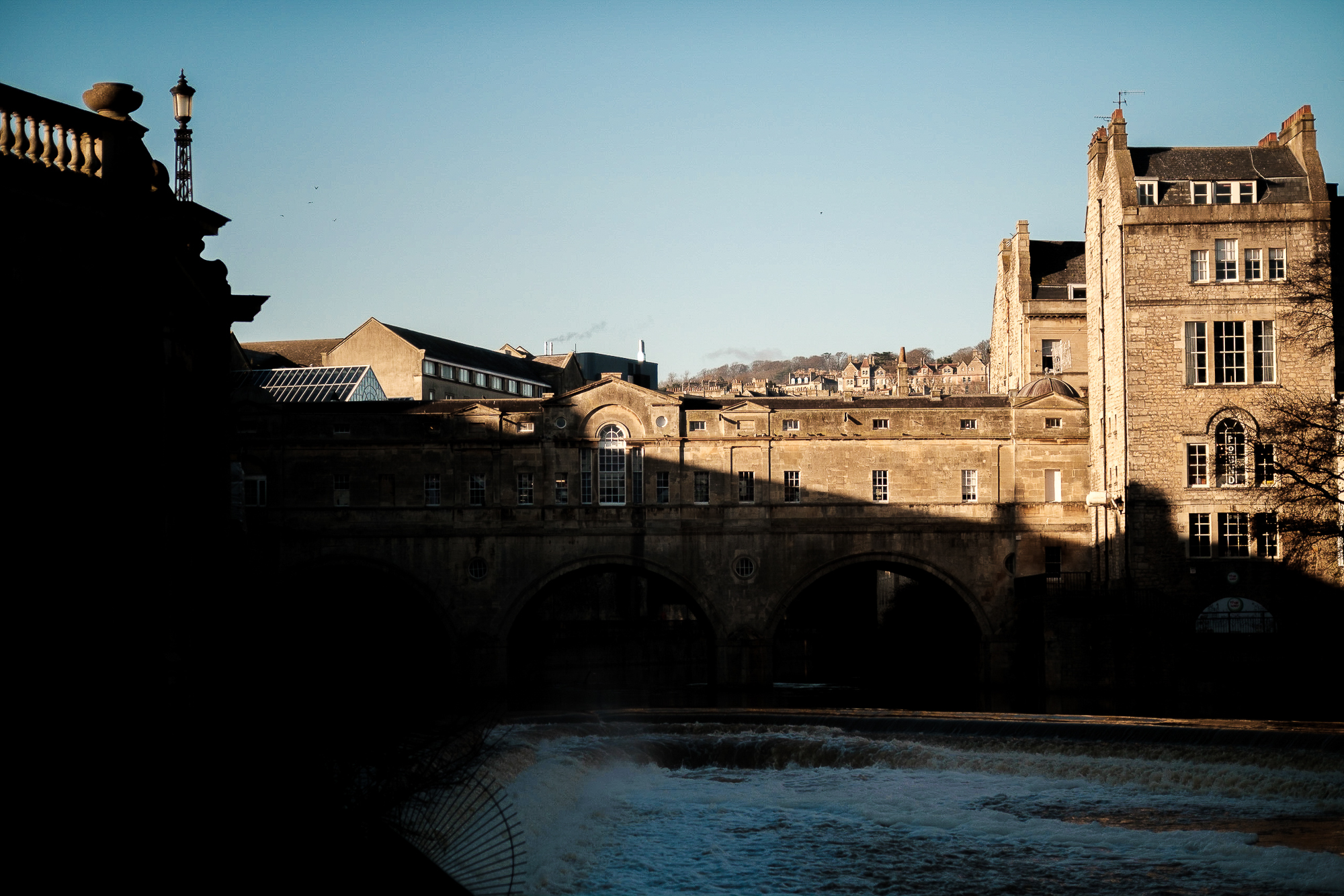
1. Don’t overthink it
Look for an area where the sun is causing shadows and start shooting. Forget about other constraints such as the rule of thirds or leading lines. Find your spot, fire off a few frames and move on.

2. Use exposure compensation
If you’re shooting in full- or semi-auto modes, dial down your exposure compensation to -0.3. This will help drop the shadows to a slightly darker level without affecting the brighter parts too much.
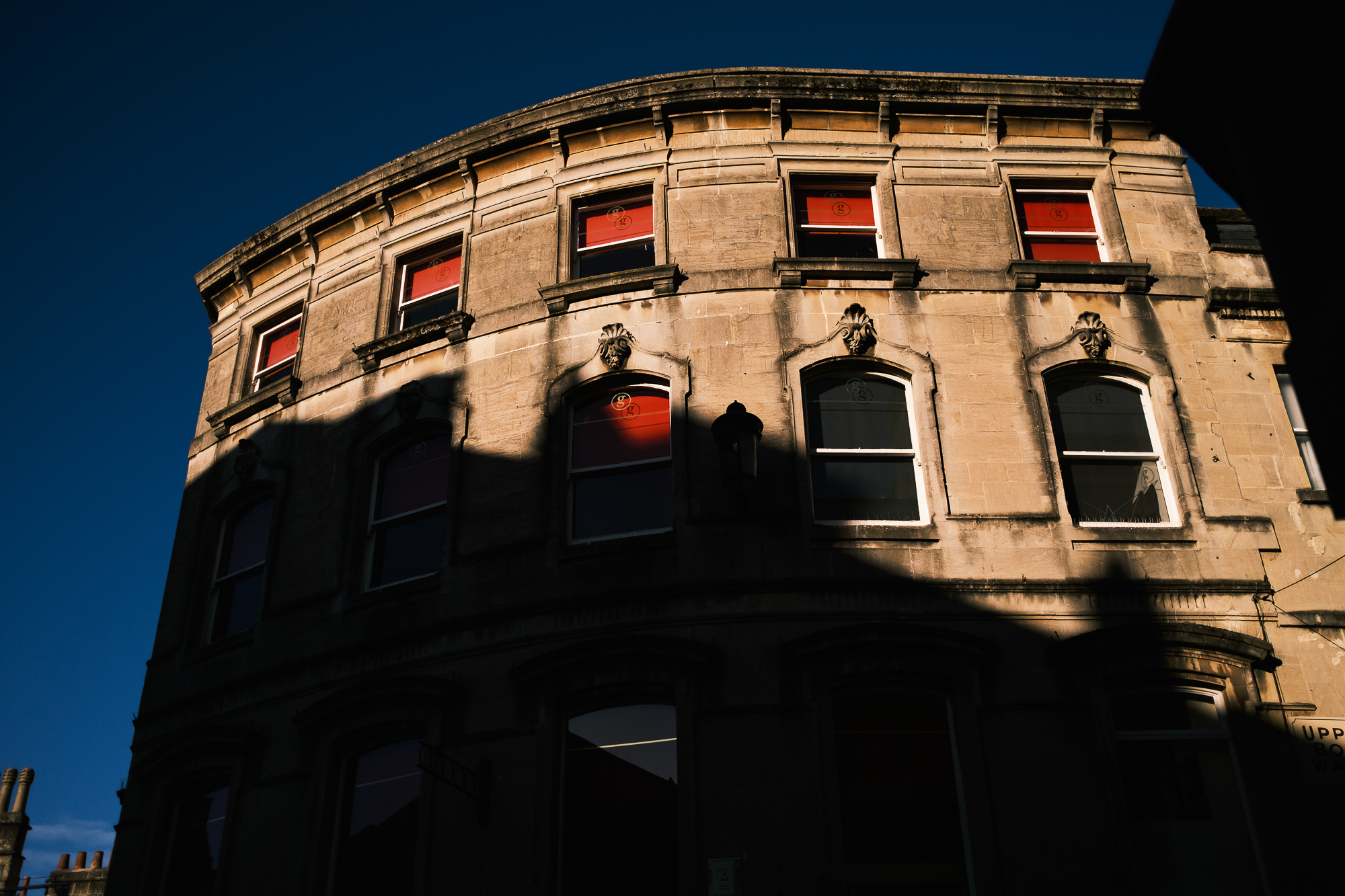
3. Create accurate pinpoint metering
Choose spot metering to get the right exposure for the main part of your building. Make sure that your spot is pointing at the brightest part of the building, like the white window frames here.
• Photography cheat sheet: What is Metering?
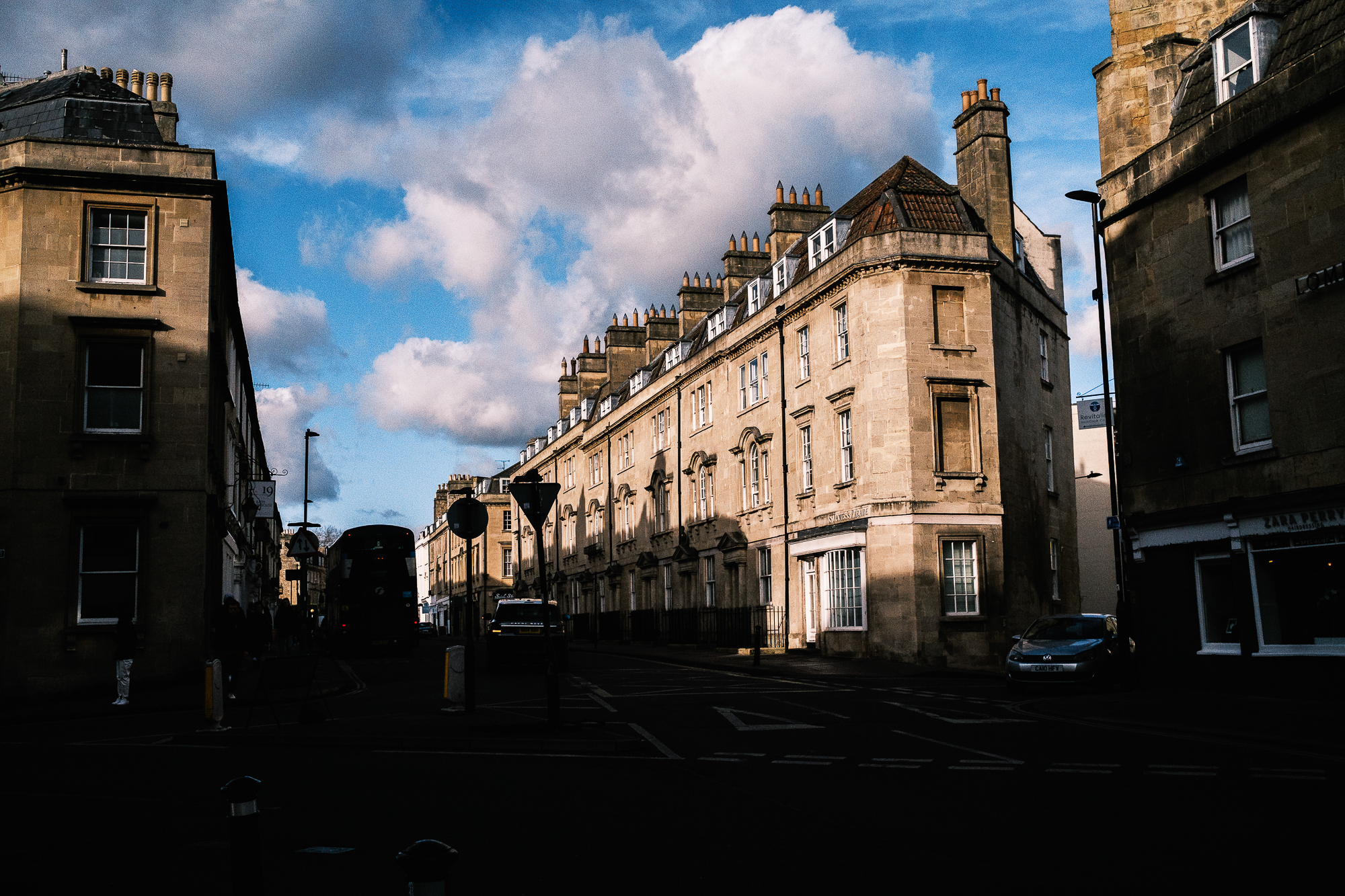
4. Completely avoid matrix metering
If you were to use ‘matrix’ or ‘evaluative’ metering, your camera will sense the darker areas and boost everything in the image, including those pleasing dark shadows – but this is not the effect you want
Read more:
Best Fujifilm X100V deals
The best cameras for street photography
Street photography essentials
Get the Digital Camera World Newsletter
The best camera deals, reviews, product advice, and unmissable photography news, direct to your inbox!
Alistair is the Features Editor of Digital Camera magazine, and has worked as a professional photographer and video producer.
